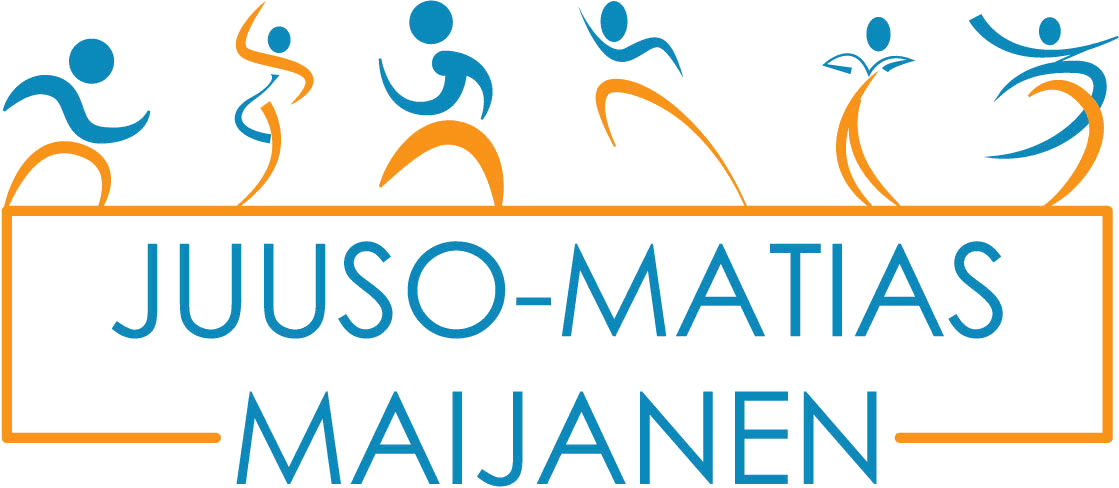My artistic expertise
In the core of my expertise is repeatability of a performance. In practice this principle has made me learn mainly about the sustainable, safe and humane tools for my work.
When I am working with a production, I prefer to not teach people new things but to use the resources we already have. All possible learning processes that happen in productions are just a by-product. The learning processes need time for practice, experimenting, failing and finding sustainable solutions. This kind of time doesn’t often fit to the production process, so it should be done as a basic skill training before it. That is, I have two different ways to work depending on my working context.
My technical know-how
During the last decade, I have practiced and studied mostly techniques of heightened physicality. When we do something extra-daily – more than we need in our daily, pedestrian life – I call it heightened physicality. Heightend physicality always demands some special skills and humility with humane boundaries. It is a learning process, but building these technical skills should in a sustainable, certain way would need longer processes than that we can afford. I think that respecting boundaries is one of the basic principles of work safety within these skills.
This page is specifically about my two special techniques around portrayal of intimacy and portrayal of violence. They need performers to have a higher level of self-awareness, sensitivity to their own working mechnisms and time to practice the techniques. I have studied these techniques in depth in training organize with Dramatic Combat Finland (violence) and Intimacy Directors International and its descendant Intimacy Directors and Coordinators (intimacy).
My background is in physical theatre and theatre pedagogy. I have espeically focused in different mime techniques, contact improv and Asian and European physical acting forms. I do also have a couple of decades of martial arts expertise.

Education
My work with education takes forms of courses, workshops and full programs. My purpose is then to educate people in how different bodily techniques work without the pressure given by the production.
I am currently working on a teaching practice for performer physicality based on consent and concrete acting choices. I combine techniques from body education and technical physical theatre, but also technical understanding of the special demands of crafting sustainable intimacy and violence. I call this kind of approach humane theatre.
When I work as a teacher, my goal is to serve the performer and their life-long journey. I still try to be realistic with them too and make sure they understand the amount of labour they might need to put in.

Performance-crafting
When I work with a production, I’ll weave my know to the process to serve the story and the people telling it.
In contrast to education, the tools I choose when working with a production are very specifically built to serve the working group and the production plans. My technical focus is on the preparation for the production-long artistic journeys and practical, physical choices. I value the effective use of time and energy, but understand human limits: art is a journey of constant learning, and deep learning takes its time.
The intent with my project-serving tools is to tell the best possible story with the instruments and resources that we actually have for it. That is, to tell the story in the most effective, sustainable and humane way.

Portrayal of violence
When using terms like portrayed violence, dramatic violence, or stage and screen combat, we mean an approach where we craft different magic tricks, illusions, to portray violence in a sustainable way. I prefere using term portrayed violence or fake violence when speaking of the speciality, but I also use other terms to ensure understanding.
We might use these tools to tell stories of fencing match, of war or of near-relation violence, but also performances where we want to create an impression of threat of violence or of psychological violence can use these tools.
Studying to be a fight director
In the role of fight director, I work as the artist-expert of violent material. More information about my experiences and background with these tools can be found on my Experience-page.
In a nutshell, I have studied stage combat in its different forms from 2015. I have mainly done studies with instructors of Nordic Stage Fight Society and Dramatic Combat Finland. The latest years I have also weaved my knowledge of portrayal of violence into the intimate scenes.
I have officially started in May 2024 in NSFS teacher program under Iiro Heikkilä. My purpose is to develop my expertise and my knowledge as a fight director. My journey has been a matter of constant learning, and with Iiro I feel like I can actually develop into a much stronger movement specialist.

Portrayal of intimacy
In portrayed intimacy, intimacy for the stage or staged intimacy we speak similarly to the violence about a way to make these kinds of scenes sustainable through sensitive, accurate and comprehensive approaches in directing, choreographing and acting but also for all the design and crew work around the intimate scenes.
Intimate scenes can take a form of sex, touch or nudity, but intimacy director can be useful for scenes that portray other forms of emotional intimacy like family, friends or companionship.
With my approach of portrayed intimacy, we use an intimacy director with a low threshold. In camera work I will use term intimacy coordinator as these are two completely different professions with drastically different processes.
My experiences with intimacy
I seek to teach, intimacy direct and direct in Finland as much as I can. I offer lectures and workshops but also do the choreographical work as much as I can.
I have been teaching a number of intensives around portrayal of intimacy on different levels from community college level to University of the Arts.
I have learned my skills with Intimacy Director International and through level 3 specalist studies with Intimacy Directors and Coordinators. I hold the tools I have learned from them an important part of my profile as a movement director whatever I work with. I also cross-use the tools I have learned from the world of portrayal of violence in both worlds.
I am currently working with Intimacy Directors and Coordinators through their level 4 certification. This means that currently, I can lean on one of the leading intimacy directors in the world as a mentor and discussion partner for any production I work with.
